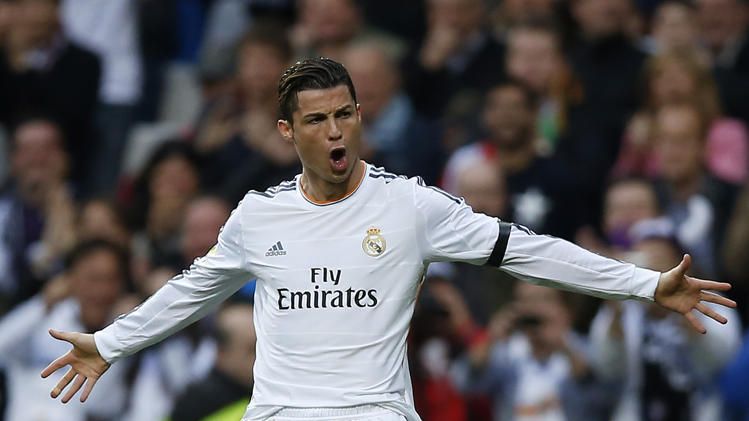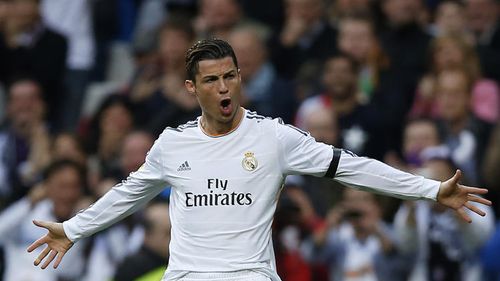
Why goal-scoring records are easier to break now than they were 20 years ago

At the heart of every sport is a debate that will rage on long after we are all six feet under the ground – who is the greatest of them all? A question that has never failed to fascinate ardent students of the game. Except that this time, even the casual observer is on hand to ramble on, now that we are talking of names he/she has actually heard of.
The old timers reminisce with teary-eyed nostalgia about the heroes of yesterday, while teenagers spend hours in front of the mirror perfecting their Cristiano Ronaldo haircuts, handy bottles of hair gel their weapons.
Just as the noise rises to a fever pitch, and we’re all about to enjoy a fistfight or two over our bottles of beer, the door to the bar slams open. A group of football aficionados enter, their faces alive with pleasure as they narrate the unshakable statistics – proving that X was, in fact, better than Y; that A did, in fact, score more goals than B.
You can almost feel the electrically charged air defuse around you, as numbers proceed to win again, just as they did in school all those years ago. Fan clubs return to their seats, the old-timers grumble on about how numbers don’t tell the whole story, and you begin to wonder – why?
Generations have been entranced by a simple, spherical ball and the masters who command it – and yet why are goal-scoring feats being rewritten as we speak? This is not the age-old adage of “records being meant to be broken” – there is something much larger at play.
The Messi-Maradona debate?
Lionel Messi has broken an almost fifty-year old record by topping Telmo Zarra’s La Liga mark of 251 goals, while Cristiano Ronaldo has hit a barely believable 20 league goals since the start of the season. We turn our attention to these stalwarts of the game because they are the best goal-getters out there today, even if Sergio Aguero may yet have something to say about that.
We will turn our attention to the differences from the time when another great used to strut his stuff with an almost casual disdain – Diego Maradona, because he represents the last crusader of the game before a succession of changes came about that made the game what it is today. This is not yet another instalment of the frankly yawn-inducing Messi-Maradona debate; more like an objective look at why players today may well have it a lot easier than their illustrious predecessors.
FIFA’s tweak to the offside rule

By popular opinion, football’s governing body is a wildly corrupt, ineffective bureaucracy headed by a man who does not have a mute button. But in 2005, they put in place a change to the offside rule that may well have revolutionised the game.
In 2005, the rule change focused on the still debated topic of “interfering” with play. Essentially, interfering with play was cast into two broad categories – when a) a player touches the ball while in an offside position b) a player in an offside position can potentially make physical contact with an opponent. The second part, namely “b”, came as a later amendment that ensured that a player (in an offside position) who was not interfering directly with play could not hinder an opponent from taking on a player who was in an onside position.
Defenses were no longer content to dismiss opposition players who moved in behind them, now that these players could still cause damage as play progressed. While the change did not effectively nullify the offside trap, it certainly gave managers a lot more to think about. As with most rule changes, this one was decried far and wide, with teams not sure what to make of it when the linesman raised the offside flag far later than they were accustomed to seeing.
This was because the linesman now had to ascertain that the player had actually touched the ball, which constituted one way of “interfering with play”. The abuse toward match officials increased tenfold, with linesmen looking like idiots when they raised their flags after much delay.
All in all, in this climate of confusion, with that little seed of doubt now planted in the minds of previously authoritative defenders, defensive lines proceeded to play a lot deeper. This ploy to limit the space behind them – thus minimising the uncertainty that the new rule change brought about – had a domino effect no one could quite have predicted.
The space in between the defensive line and the midfield now widened considerably, with the predominant formation in those times the 4-4-2. It was the beginning of the end for the out-and-out striker, with ball-playing forwards finding particular success initially.
Managers caught onto this quickly, and this has resulted in the rapid shift from a “three band” formation like the 4-4-2 to “four band” formations like the 4-2-3-1. The objective was to utilise this new-found space, but it also led to the evolution of the modern day striker. His primary responsibilities had shifted from goal scoring to holding up play and bringing in his team-mates into play.